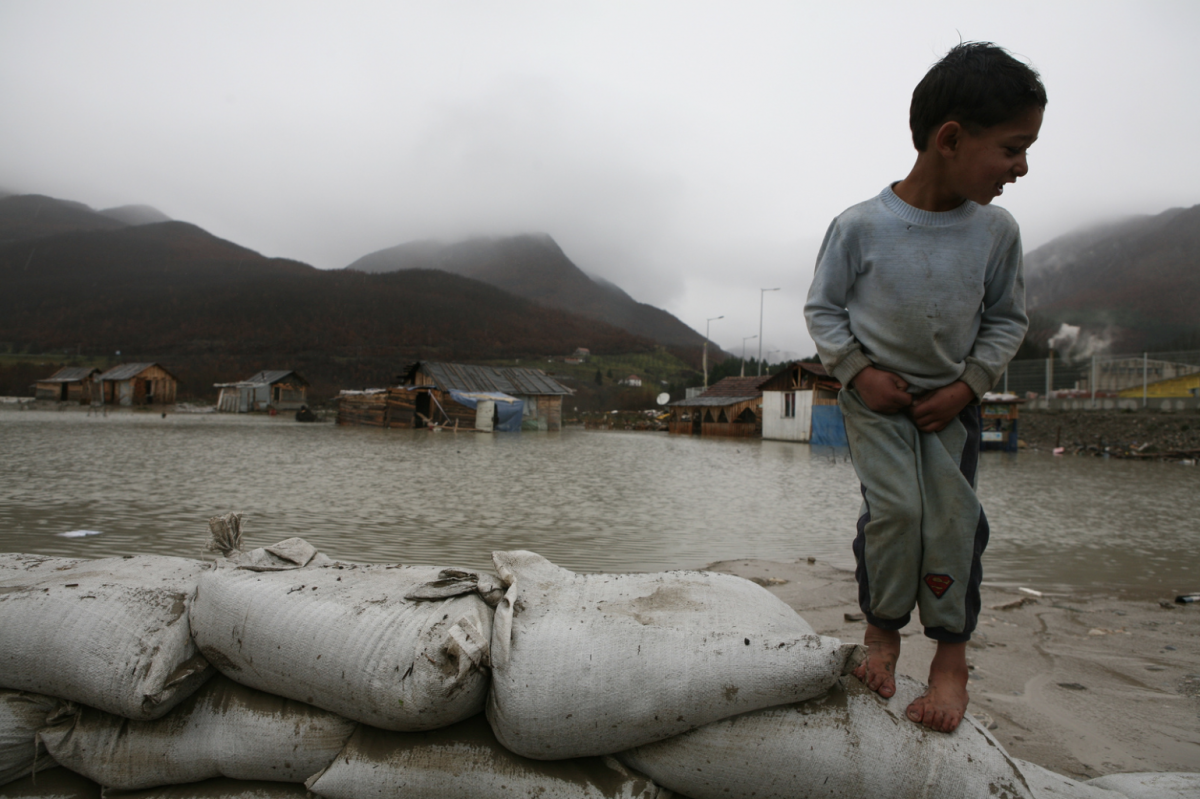Supporting Montenegro to advance their NAP process
Project Overview
Sep 2016
Montenegro submits their Intend Nationally Determined Contribution (INDC) to the Paris Agreement
Jun 2016
Government delegation from Montenegro attends the NAP-GSP Eastern European, Caucasus and Central Asia Regional Workshop, Chisinau, Moldova
Feb 2017
NAP-GSP undertakes a mission to Montenegro to take stock of adaptation policies and suggest next steps for the country’s NAP process
Mar 2017
A Stocktaking Report and a preliminary roadmap for advancing the NAP process in Montenegro is developed
Dec 2017
Montenegro ratifies the Paris Agreement
Jul 2017
Readiness proposal submitted to the GCF for potential funding to support the NAP process (1st submission was in July 2017, and second submission was in August 2018)
Country background, Sustainable Development Goals and Paris Agreement
Montenegro is a small country located in the south-east of Europe on the Adriatic Sea. In the south, it has a temperate Mediterranean climate and in the northern, mountainous region the climate is more extreme, with hot summers and extremely cold winters. The economy is relatively diverse, but despite this, 70 per cent of rural incomes depend on agriculture.
Between 2001 and 2010, Montenegro experienced its warmest decade on record. Recent climate variability has led to destructive floods that have seriously damaged transport, urban and agricultural infrastructure, and private property in 2010. Climate projections indicate that overall precipitation is likely to decrease by around 10 per cent by 2030, the intensity and frequency of droughts and heat-waves will rise, and there will be increased occurrences of flooding and extreme weather events.
Montenegro’s key climate documents are the National Climate Change Strategy by 2030 and the Intended Nationally Determined Contribution (INDC). These documents build on the national institutional framework and outline the climate change priorities and guide Montenegro towards meeting its obligations to the Paris Agreement and achieving the Sustainable Development Goals. Also, Montenegro’s Second National Communication to the UNFCCC (2015) outlines the consequences of various climate change scenarios and projections. However, despite these documents, adaptation as an area of focus has only recently surfaced in national policy and laws, with mitigation having previously been the predominant focus.
How has the NAP-GSP supported to date?
|
Undertook a stocktaking mission to identify next steps in the NAP process
|
Between 1 – 3 February 2017, a NAP-GSP team undertook a preliminary mission to identify Montenegro’s strategic priorities regarding the NAP process. Through a stakeholder roundtable, qualitative interviews and extensive desk research, an assessment of relevant initiatives on climate mainstreaming, the institutional framework, and capacities relevant to the NAP process was conducted.
|
|
Developed a roadmap for Montenegro’s NAP process
|
Informed by the stocktaking mission and a rapid assessment of the gaps in Montenegro's adaptation planning, a Stocktaking Report was produced including a roadmap for the NAP process. The report identified the following capacity gaps and needs: (1) a lack of awareness about adaptation measures and how they can be integrated into current plans; (2) insufficient information on climate risks and vulnerabilities; and (3) reduced access to low-cost knowledge products due to language barriers.
|
|
Helped build capacity and facilitated access to additional climate finance
|
Montenegro submitted a Readiness and Preparatory Support Proposal to the Green Climate Fund (GCF) in September 2016. The Readiness proposal was subsequently approved by the GCF, providing Montenegro with funding to support the strengthening of the NDA and developing strategic frameworks for engagement with the GCF - two important elements for the effective advancement of the NAP process in the country.
|

